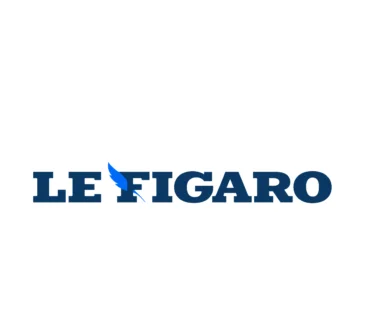- The US Dollar sees some gains, while markets continue looking for clues on the Fed’s next steps.
- Several Federal Reserve members will speak on Monday afternoon.
- Fed’s Beige Book, S&P figures and Initial Jobless Claims will be closely followed this week.
The US Dollar Index (DXY), which measures the value of the USD against a basket of six currencies, is slightly higher at the start of the week, supported by safe-haven flows amid geopolitical tensions. Some Federal Reserve (Fed) members are scheduled to speak later on Monday, and their comments will be closely watched for any clues on the Fed’s monetary policy stance.
Daily digest market movers: US Dollar gains on Middle East tensions and Fed comments
- The US Dollar remains steady, inching up slightly due to escalating geopolitical tensions in the Middle East and supportive comments from Federal Reserve officials.
- However, profit-taking dampens the Greenback’s gains as investors react to positive economic data from China and the government’s stimulus package.
- Economic activity figures in this week’s S&P data on Thursday might shake the USD, as well as those in the Fed’s Beige Book report on Wednesday.
- Markets continue to bet on higher odds of two cuts in what remains of 2024.
DXY technical outlook: DXY momentum might have hit its ceiling
The DXY index is facing resistance at the 200-day Simple Moving Average (SMA). Despite resuming the gains, the momentum may not be enough to conquer it. Both the Relative Strength Index (RSI) and the Moving Average Convergence Divergence (MACD) have flattened in positive territory, indicating a pause in buying momentum with the latter still in overbought territory.
As a result, the index may struggle to regain the 200-day SMA and may instead consolidate sideways in the near term.
Fed FAQs
Monetary policy in the US is shaped by the Federal Reserve (Fed). The Fed has two mandates: to achieve price stability and foster full employment. Its primary tool to achieve these goals is by adjusting interest rates. When prices are rising too quickly and inflation is above the Fed’s 2% target, it raises interest rates, increasing borrowing costs throughout the economy. This results in a stronger US Dollar (USD) as it makes the US a more attractive place for international investors to park their money. When inflation falls below 2% or the Unemployment Rate is too high, the Fed may lower interest rates to encourage borrowing, which weighs on the Greenback.
The Federal Reserve (Fed) holds eight policy meetings a year, where the Federal Open Market Committee (FOMC) assesses economic conditions and makes monetary policy decisions. The FOMC is attended by twelve Fed officials – the seven members of the Board of Governors, the president of the Federal Reserve Bank of New York, and four of the remaining eleven regional Reserve Bank presidents, who serve one-year terms on a rotating basis.
In extreme situations, the Federal Reserve may resort to a policy named Quantitative Easing (QE). QE is the process by which the Fed substantially increases the flow of credit in a stuck financial system. It is a non-standard policy measure used during crises or when inflation is extremely low. It was the Fed’s weapon of choice during the Great Financial Crisis in 2008. It involves the Fed printing more Dollars and using them to buy high grade bonds from financial institutions. QE usually weakens the US Dollar.
Quantitative tightening (QT) is the reverse process of QE, whereby the Federal Reserve stops buying bonds from financial institutions and does not reinvest the principal from the bonds it holds maturing, to purchase new bonds. It is usually positive for the value of the US Dollar.





